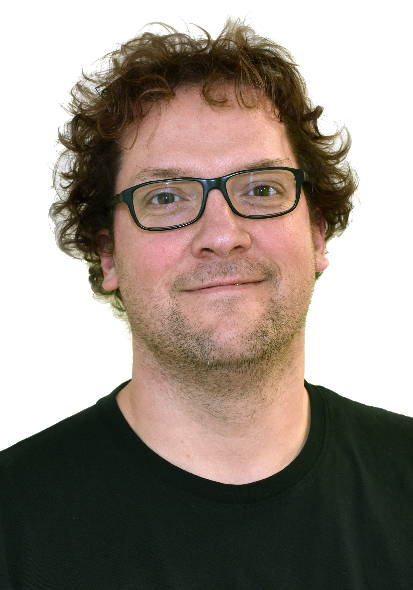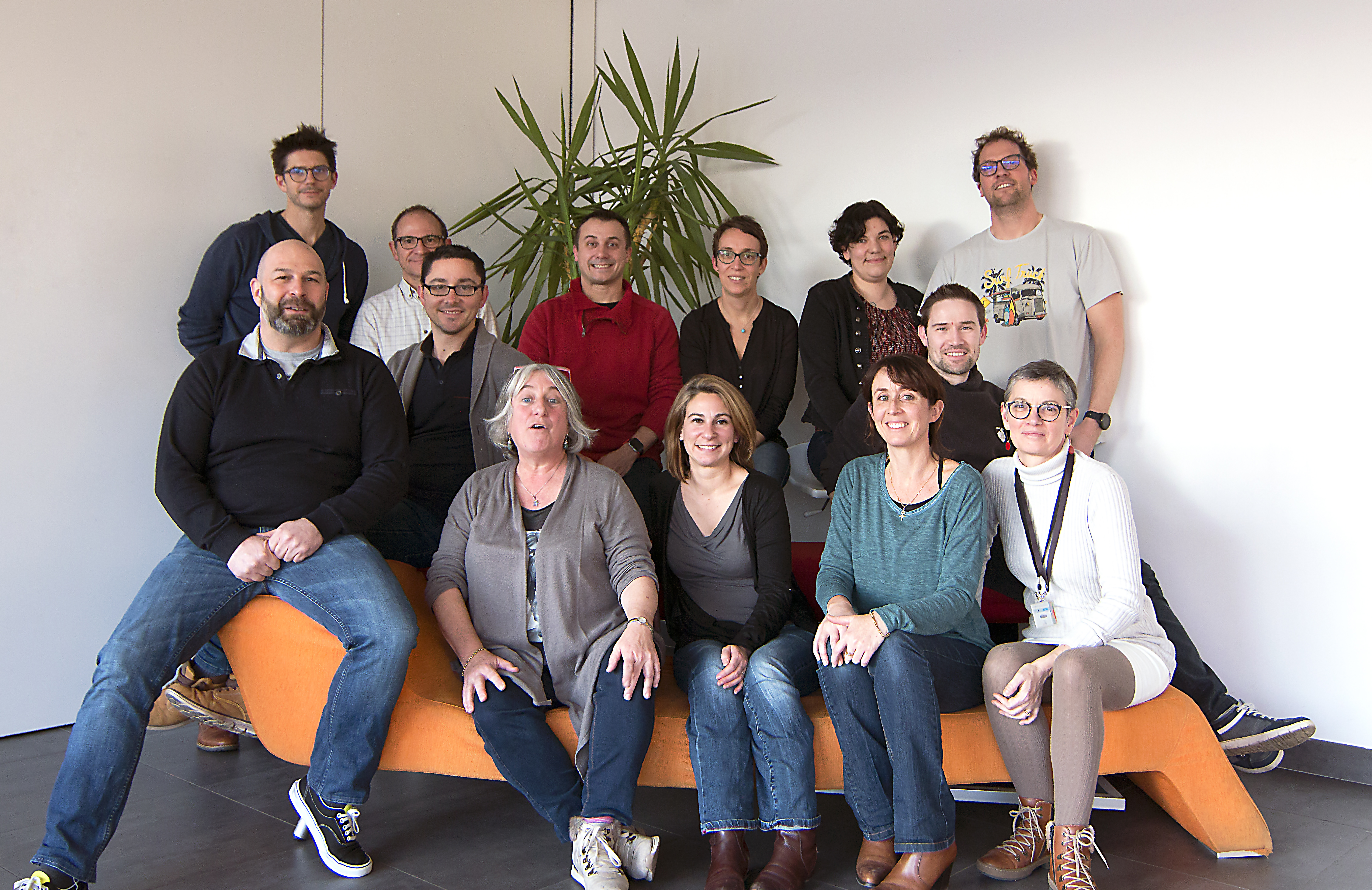

About us
THERASSAY is a core facility of functional exploration in small animals which supplies to academic and industrial research groups a large range of technological equipment and scientific expertise.
This open core facility offers a unique service, from the generation of animal models to highly specialized functional analyses of cardiovascular, metabolic, respiratory, digestive and motor functions as well as tumorigenesis exploration. THERASSAY involves multi-disciplinary teams from Inserm UMR_S 1087, UMR_S 1235, UMR_S 1089, UMR_S 1232 (Nantes, France).
THERASSAY is integrated in Biogenouest (Western France life science and environment core facility network) and IBiSA (national core facility network) and receives support from the Pays de la Loire regional council.
THERASSAY accepts to perform projects as services or collaborations.
THERASSAY also offers an access to the equipment and the training to the technological know-how of the core facility for internal or external students, technicians and researchers.
| Flavien Charpentier Scientist Director |
FC obtained his PhD in 1991 and is currently research director at the French National Institute of Health and Medical Research. He leads the team 1 “Cardiac diseases and sudden death” of the research unit of the Institut du Thorax (Inserm UMR 1087 – CNRS UMR 6291) and the “cardiac” module of the Therassay core facility. FC has a strong expertise in cardiac electrophysiology. He is interested in the mechanisms of cardiac arrhythmias and conduction defects by an integrative approach from gene to in vitro and in vivo function. He is recognized for his work on Nav1.5 and progressive cardiac conduction disease. FC is the author or co-author of ~ 60 articles published in peer-reviewed journals. He was or still is a member of various national evaluation committees or scientific councils of foundations.
| Gervaise Loirand Vascular Exploration |
GL hold a PhD (1988) has a strong expertise in the molecular mechanisms and intracellular signalling regulating smooth muscle cell contractility and arterial tone. She is leading the team 2 “Signalling and hypertension” of Inserm Unit 1087 and of the “vascular” module of Therassay core facility. GL authored or co-authored ~90 articles in peer-reviewed journals. GL is recognized as a key player in the elucidation of the role of Rho proteins in the pathogenesis of vascular diseases and is invited on a regular basis to provide conferences in Europe and the USA. GL is member of scientific board of several national comities.
 |
Benjamin Lauzier Cardiac Exploration |
|
Vincent Sauzeau Exploration Pulmonaire |
VS obtained his PhD in 2003 and is currently research director at the French National Institute of Health and Medical Research. He co-leads the Team3 “Vascular and lung diseases” of the research unit of the Institut du thorax (Inserm UMR 1087 – CNRS UMR 6291) and the “respiratory” module of the Therassay core facility. His research is focused on Rho protein signaling and the identification of new therapeutic targets in vascular and pulmonary diseases. His research is funded by national grants and by the technology transfer office Ouest Valorisation.
He has authored or co-authored more than 50 articles in peer-reviewed journals and 6 patents. His achievement has been recognized by pharmaceutical companies: AstraZeneca (Target Innovation Program-2015) and Sanofi (Sanofi Innovation Award Europe-2020).
|
Cédric Le May Metabolism Exploration |
Doctor in science (2004), CLM is a researcher at the CNRS. He is a member of team 4 “Dyslipidemias & lipotoxicity” of the research unit of the Thorax Institute (Inserm UMR 1087 – CNRS UMR 6291) and manages the metabolism module of the Therassay core facility. CLM has a strong expertise in the field of carbohydrate and lipid metabolism, focusing on the search for new ways to reduce plasma cholesterolemia and associated cardiovascular risks. His recent work on the PCSK9 protein (Proprotein Convertase Subtilisin Kexin type 9) and on a new pathway of intestinal cholesterol elimination called “TICE” gave it international recognition CLM is the author or co-author of ~ 45 articles published in peer-reviewed journals.
 |
Corinne Huchet Motor exploration |
CH obtained his PhD in 1993 and is currently researcher at the University of Nantes. He leads the “Muscle & Cognition” module of the Therassay core Facility. CH has a strong expertise in skeletal muscle physiology. He is interested in the mechanisms of skeletal muscle force and calcium homeostasis defects by an integrative approach from gene to in vitro and in vivo function. CH is the author or co-author of 33 articles published in peer-reviewed journals. In 2014, she and his collaborators characterize a new transgenic rat model of Duchenne muscular dystrophy.
 |
Martial Caillaud Digestive Exploration |
Doctor of Science (2018), MC is a researcher at INSERM. He is a member of the INSERM U1235-TENS laboratory specializing in the study of diseases of the gut-brain axis. He is a neurophysiologist specializing in the study of peripheral nervous systems (enteric and somatic), which he studies at molecular, cellular and functional levels. After a PhD in Neuroscience at the University of Limoges, he completed a postdoctoral fellowship in the USA at Virginia Commonwealth University. In 2021, he will join UMR INSERM U1235-TENS, where he will study the interactions between the gut microbiota and the gut nervous system (enteric) in digestive disorders associated with autism. MC has expertise in behavioral testing, the study of digestive function in vivo and ex vivo, and the study of enteric neuronal activity and connectivity in vitro. MC has authored or co-authored ~23 papers published in peer-reviewed journals and one patent.




